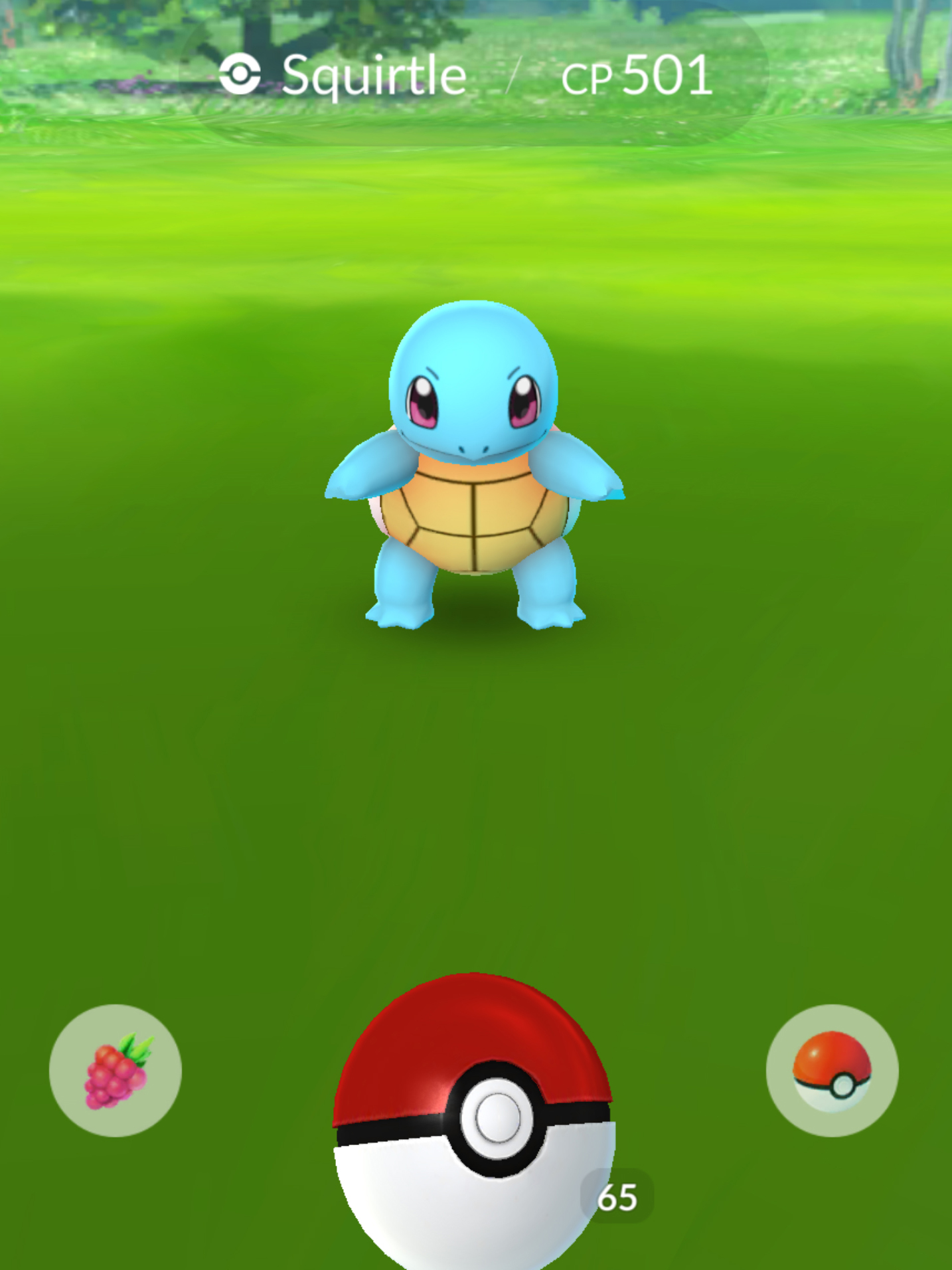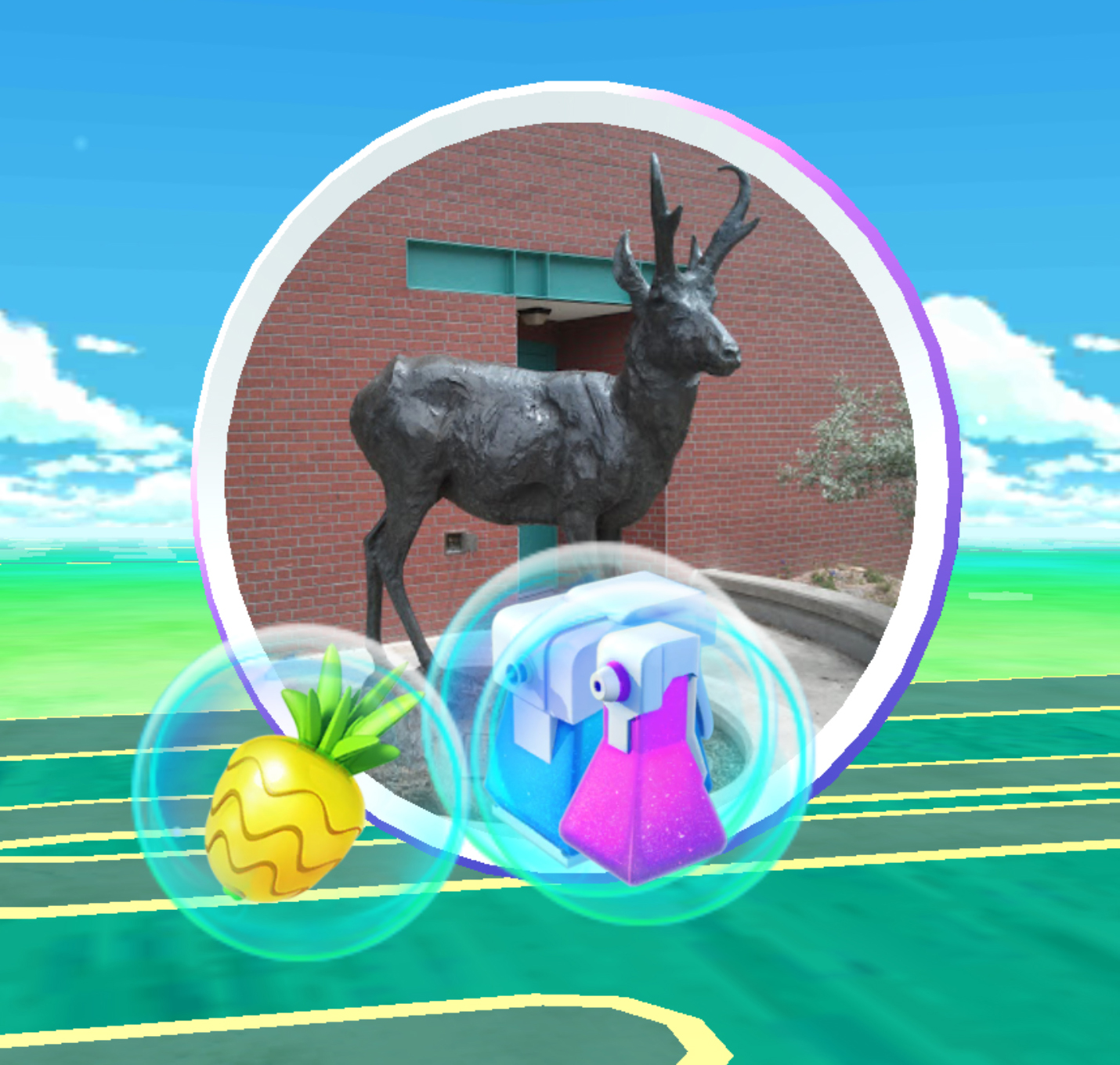Admittedly, I am a behavior geek. I see the laws of behavior in everyday activities, because that’s how I’ve learned to see the world. I appreciate well-thought-out, deliberate uses of behavior analysis principles. Recently, I have enjoyed experiencing the power of positive reinforcement in the immensely popular game Pokémon Go.
I don’t normally play video games, except for a brief fascination with Ms. Pacman more than 30 years ago. But as the Pokémon craze was taking off, a good friend and colleague began playing the game. I remember her commenting on the brilliant use of reinforcement in the game and suggesting, “You should play it, then write an article about it.”
The game made headlines as the most downloaded app of 2016, so the idea intrigued me. I remember thinking, “I’ll play it for a few weeks and see what all the fuss is about.” Six months later, I’m still playing. The game uses reinforcement exceptionally well! In this month’s Letter, I wanted to share a few of the things that I observed.
A simplified explanation
 A wild squirtle faces off with one of Ken's
A wild squirtle faces off with one of Ken'sred and white balls designed to capture Pokeys.
It turns out I am still learning and discovering new aspects of the Pokémon Go game, and I don’t want to bore non-players with too many details, so I’ll give a basic explanation (apologies to the die-hard fans). The game was designed to get players out of their homes by encouraging them to be active—to walk and explore the world around them. The premise of the game is that the world is inhabited by many fascinating creatures called Pokémon (affectionately called Pokeys by some fans). The player’s goal is to catch every kind of Pokey, advance to higher levels, and control “gyms,” battle arenas that earn the player coins that can be used to purchase useful items. The game is tied to the player’s GPS. As a virtual version of the player walks around the neighborhood, Pokeys appear. The player throws balls at the Pokeys to catch them.
Good use of behavior principles
I see people of all ages playing this game on their phones everywhere I go: airports, department stores, restaurants, and public parks. Players seem addicted to Pokémon Go. Why is the game so popular? I think the answer is the game’s great application of key behavior principles. It uses frequent reinforcement, a variety of reinforcement types, and novel ways of earning reinforcement. Reinforcers come in the form of points, candy, stardust, coins, advancement to new levels, acquisition of new tools for the game, opportunities to evolve your Pokeys into more advanced creatures, and the ability to win battles against other Pokeys in gyms. The game is well-designed to keep players wanting more; it’s an addictive pastime. I couldn’t help but think about how we want our learners to have a similar experience, and a desire to keep playing (training).
The learning experience
I did not expect the game to help me look at training from new perspectives, but I had two revelations playing the game that I think make it a great learning tool for trainers. The first of these revelations was watching the phenomena of behavior principles unfold. I felt powerless to overcome them or change them. The second revelation was experiencing learning without verbal instruction, something our animals deal with every day.
Behavior phenomena
- Superstitious behavior – Because there is relatively little in the way of written instruction for Pokémon Go, I learned the game through trial and error. I developed patterns of behavior that I was sure were critical, but they turned out to be irrelevant to the outcome. These patterns included holding my phone at just the right angle to catch Pokeys, or touching certain items on the screen thinking that would allow me to move on to the next activity. For example, originally I tapped the bubbles that appeared after swiping a poké stop, because I thought that was the only way to collect the items it produced. In fact, tapping was unnecessary. When I tapped the bubbles, they burst in a satisfying manner and I received items, which “trained” me to be a great bubble-burster. I was so surprised to find out that this was just superstitious behavior.
I learned that other players had developed the habit of shaking their phones to keep the Pokeys contained, or counting out loud the number of seconds before a Pokey was caught; these were more superstitious behaviors. I realized just how easily unnecessary actions are reinforced. For months I was certain that each action was needed for success before it was pointed out to me that they all had no impact on the game’s outcome. How often have I seen that in animals?
- Resurgence – Once I discovered that some actions were not needed, I quit doing them and changed my habits. But, if I was focusing on something new or distracted by some other activity, those previously learned superstitious behaviors came surging back. I felt incapable of stopping myself from doing them. My finger reached to pop the bubbles before I was consciously aware it was doing so. I’ve seen that phenomenon often in an animal I was training, and thought to myself, “he knows better!” However, it has nothing to do with knowing better; an animal just reverts to a behavior that had previously been so reinforcing. It was fascinating to see how the game brought that behavior out in me.
 Floating bubbles that Ken believes need to be popped.
Floating bubbles that Ken believes need to be popped.Non-verbal learning
As I mentioned, the game app offers very little in the way of instruction. I suppose I could have gone online and searched for videos and articles that explain secrets of the game, but I never bothered to do so. From time to time, I checked with my friend who would teach me elements of the game that I had not discovered, or pointed out misconceptions in what I thought I knew about the game.
The experience of learning the game without explicit instructions gave me a greater appreciation for how the animals I train must feel when I don’t provide clear information. Overall, the game is well designed, and I was learning how to play through carefully planned experiences. Learning the game made me appreciate that properly applied behavioral principles can provide clear information to the learner. Imagine how much better we should be as trainers, since we have the power to see and interpret animals’ responses in real time! We are able to react with carefully applied behavior principles, leading to even more powerful communication with our learners.
Implications
I couldn’t help but ponder the greater implications that this game presented. If we could arrange reinforcers in the real world the way that game designers do, imagine how much better life would be. There are many successful teachers, coaches, parents, and trainers who do just that; they arrange the environment carefully in ways that set their learners up for success. They create environments rich with reinforcers of many types. But, the reinforcers are not just arbitrarily available in these scenarios; to be successful, we must make sure the reinforcers are paired with desired behavior in a timely way.
Happy Training,
Ken


